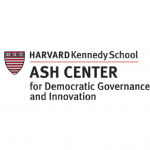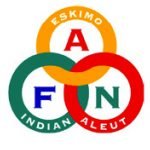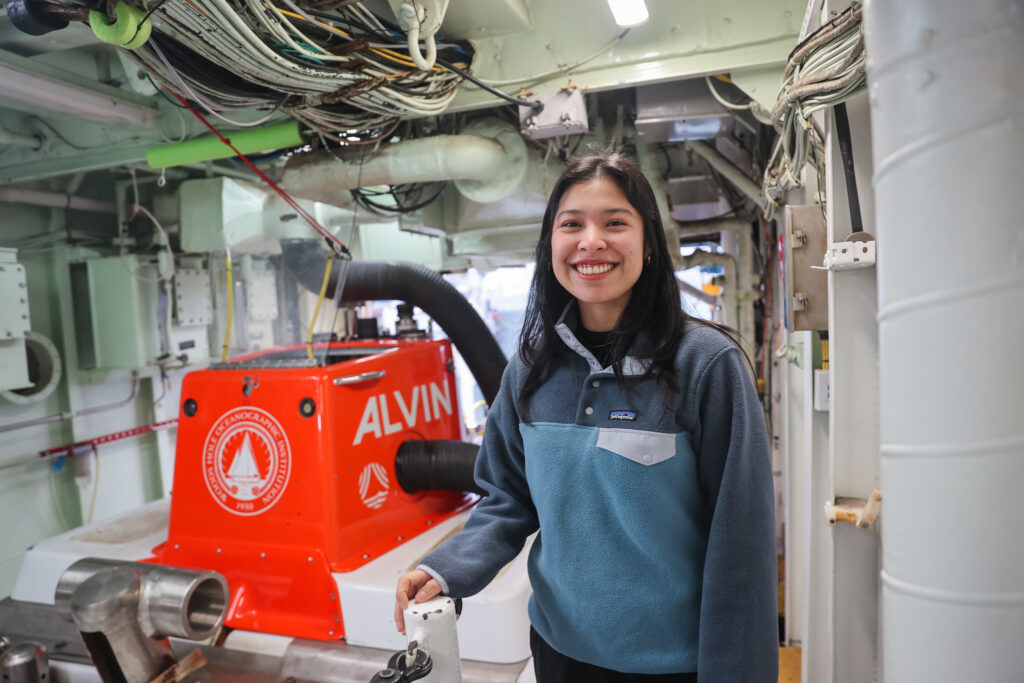
Deep in the ocean, a community of creatures, including tube worms and mussels, relies on methane for energy. Too far from the sun to directly benefit from photosynthesis, these animals inhabit methane seeps, which are areas where methane bubbles from rocks into ocean water.
“We’re comparing methane seeps on the continental margins of Southern California — 1,500 meters [just under a mile] deep — to the deepest known seeps in Alaska, which are 5,000 meters [just over 3 miles] deep,” said Victoria Orphan, a professor at the California Institute of Technology and lead scientist on a project to better understand seep environments.
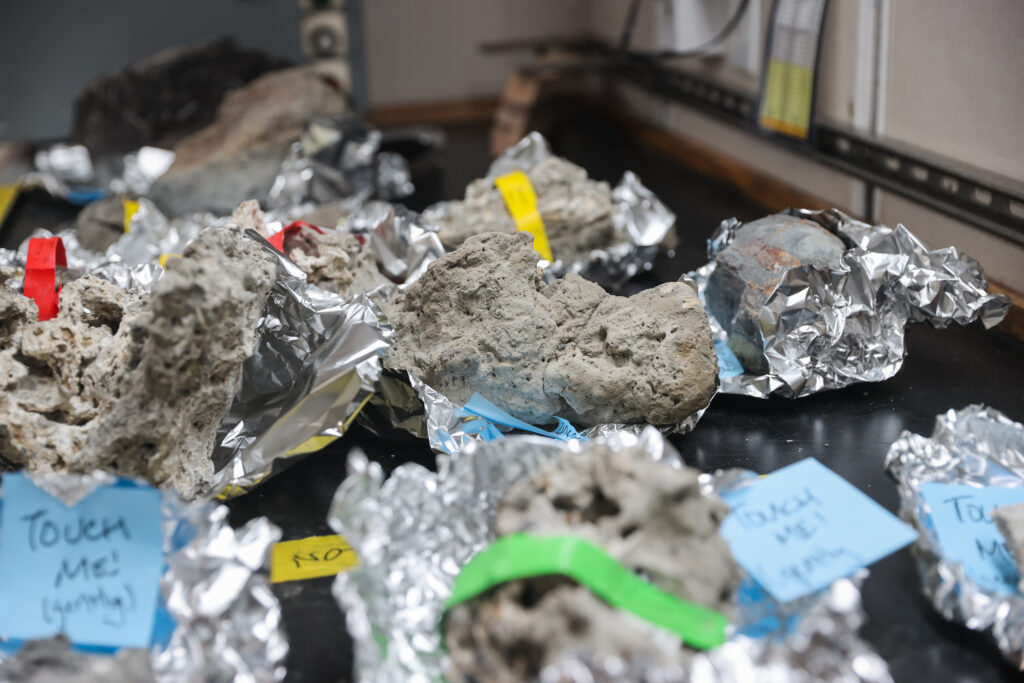
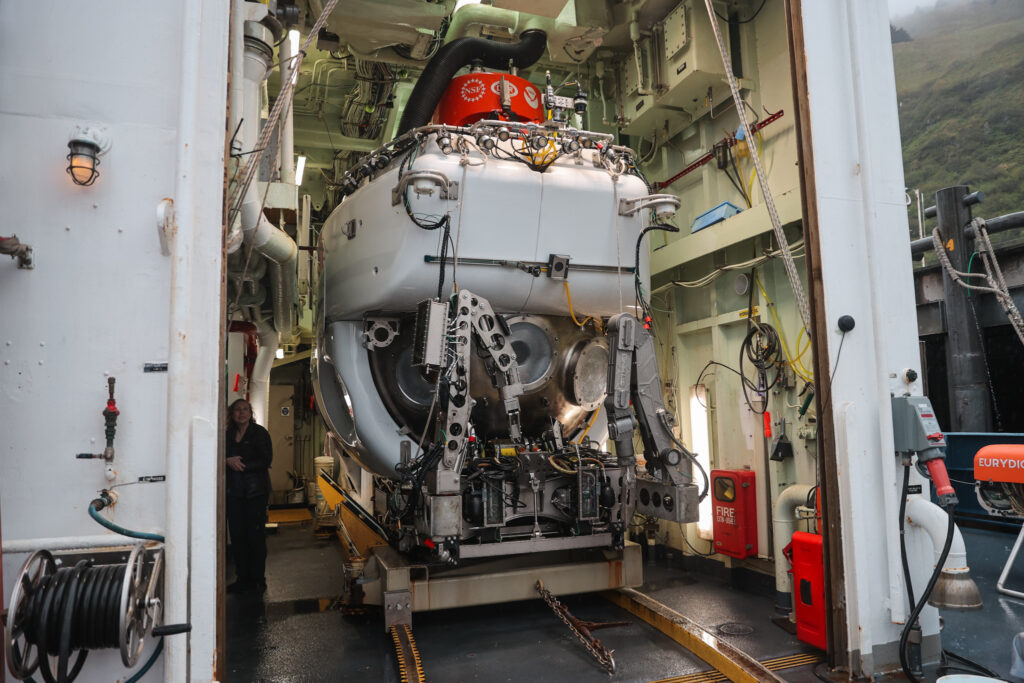
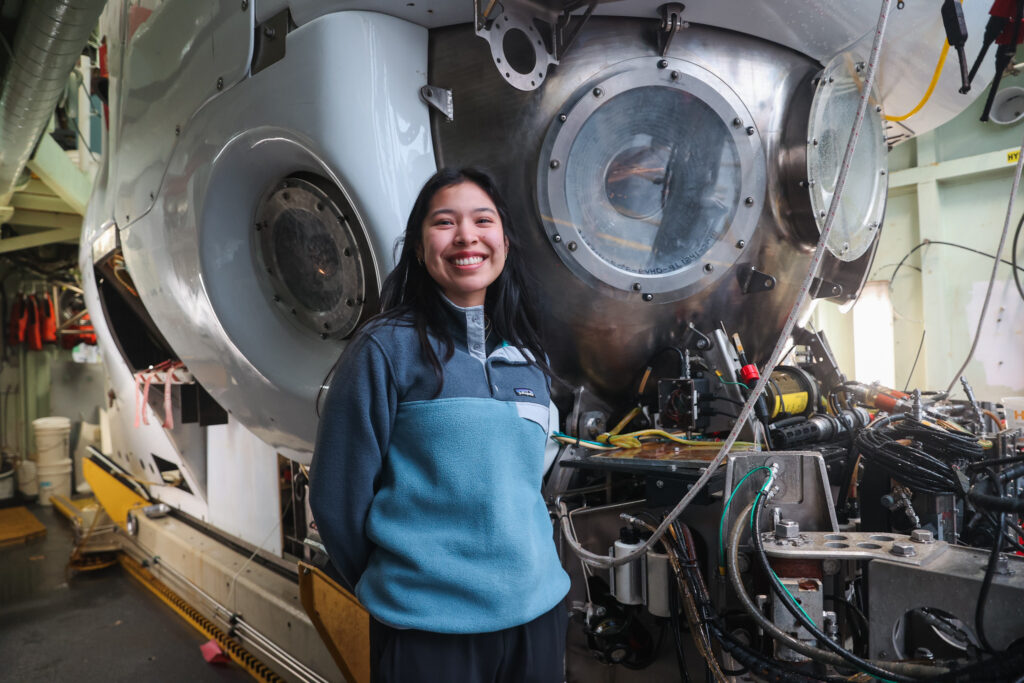
Orphan and her co-principal investigators, Lisa Levin with Scripps Institute of Oceanography, Tina Treude with UCLA and Shana Goffredi with Occidental College, want to know how the footprint of methane, a potent greenhouse gas, determines the fate of deep-sea organisms and microbes along continental margins. During a research cruise expedition off the Aleutian Islands in Alaska, the researchers used various tools to understand how microbes consume methane under different oxygen levels and pressures.
The team not only brought in undergraduate and graduate students from their institutions but also recruited an Alaskan undergraduate to participate in the research via the Alaska Native Science and Engineering Program (ANSEP).
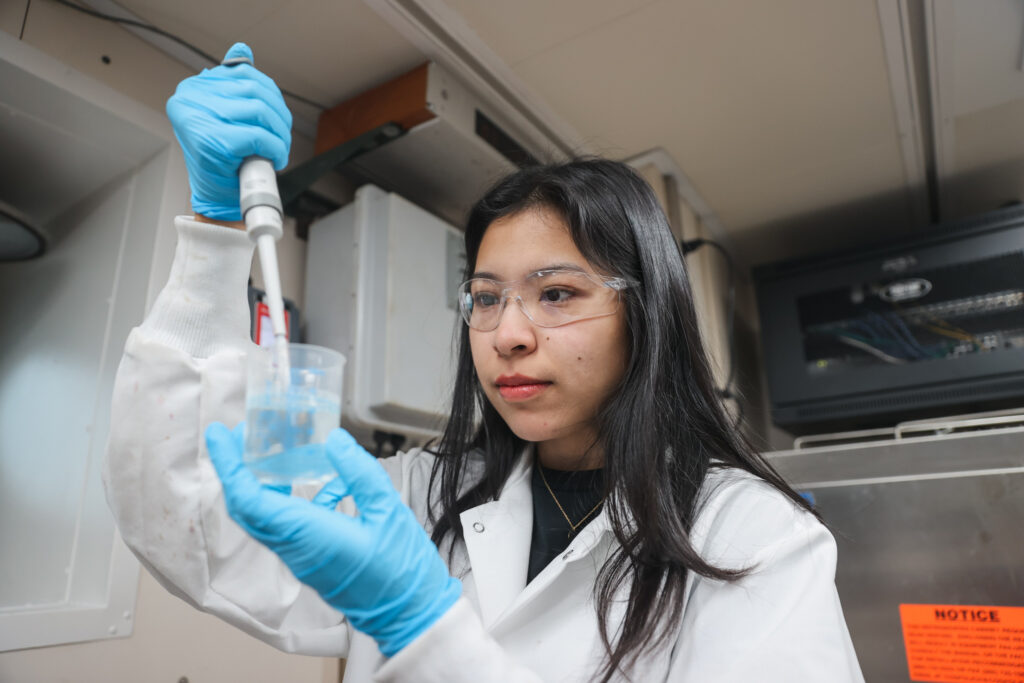
Stefani Martinez, an undergraduate from the University of Alaska, Anchorage, who is Yup’ik and Otomi, went on the research cruise off the Aleutians. As the only Alaskan Native on the expedition, Martinez said she felt honored. “I was able to share cultural knowledge with my shipmates, and it was exciting to see people excited about Alaska,” she said.
Collaborating and sharing knowledge with her crew highlighted the importance of combining Indigenous knowledge and Western science. “We call it two-eyed seeing,” Martinez said.
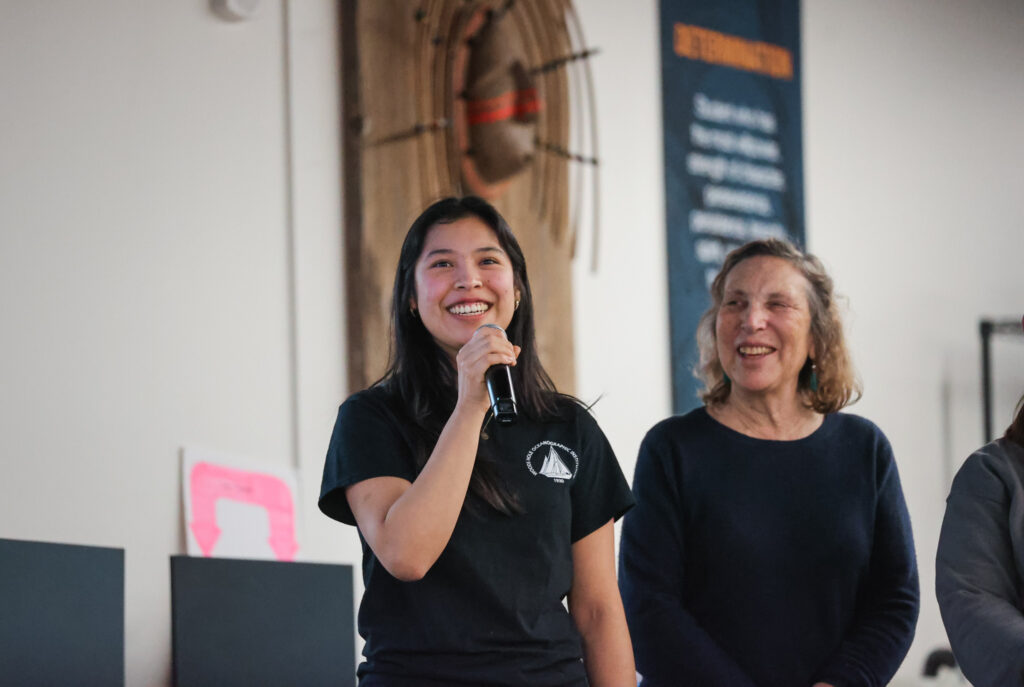
The research team also participated in ANSEP’s annual Career Exploration in Marine Science workshop to engage middle school students with themed activities including deep-sea animals, plankton diversity and geology. Martinez attended ANSEP as a participant and is now a staff member. “I was that middle school student a few years ago, and now it’s the other way around. It’s really fun,” Martinez said.
This article was originally published on NSF.gov. Read the full article here.

